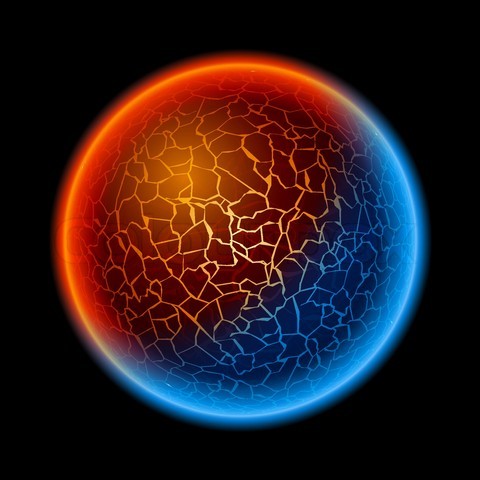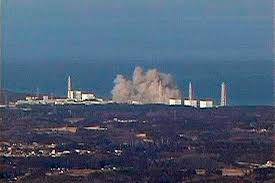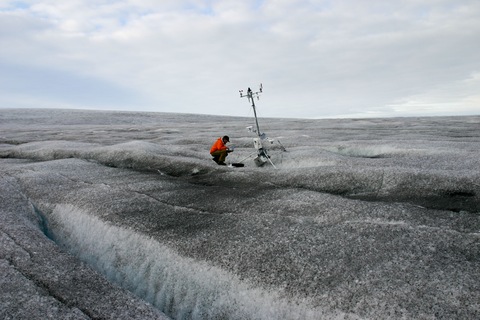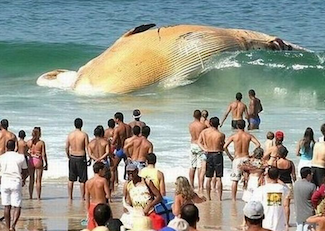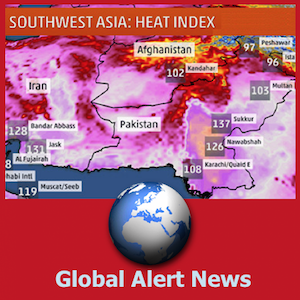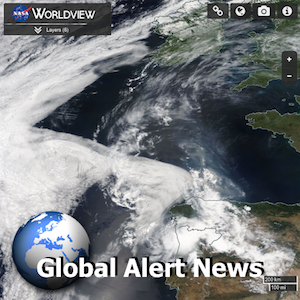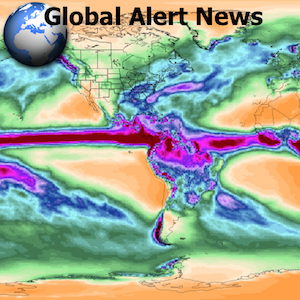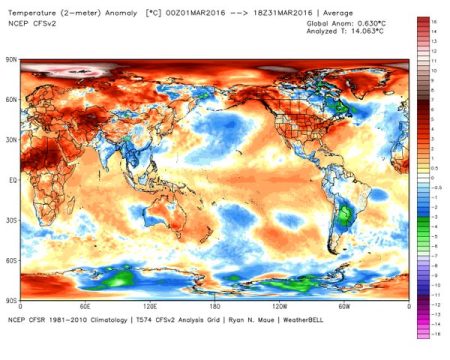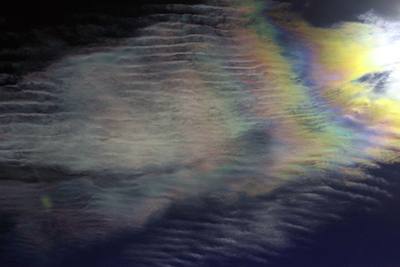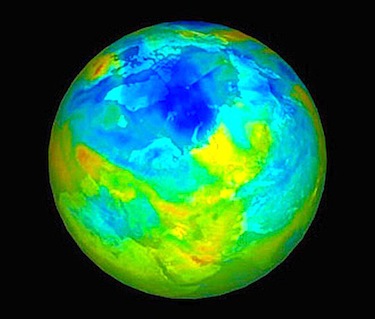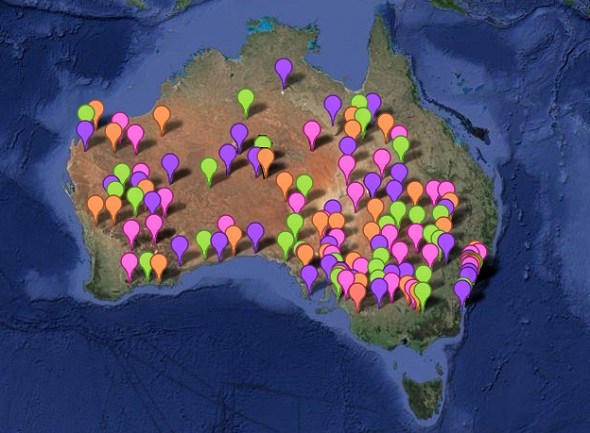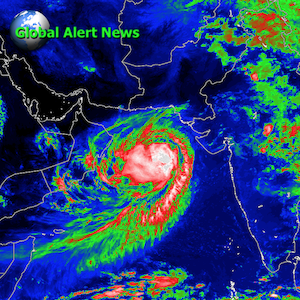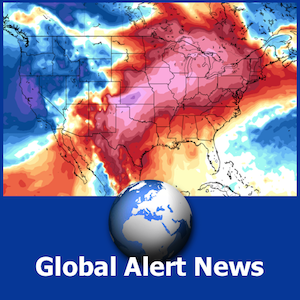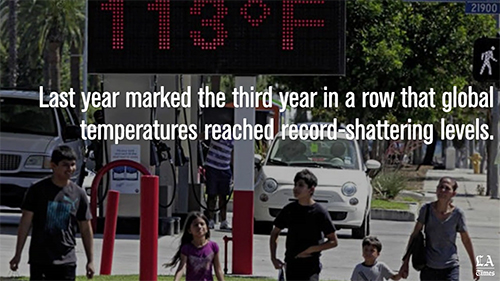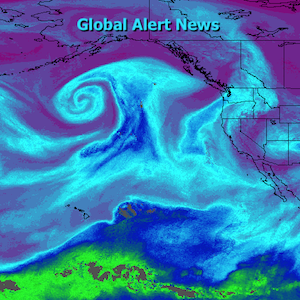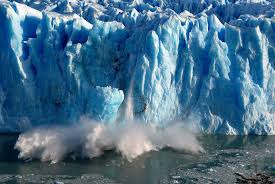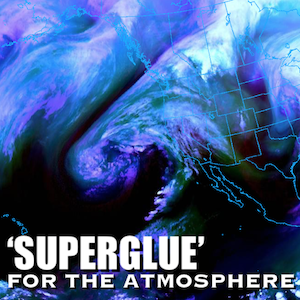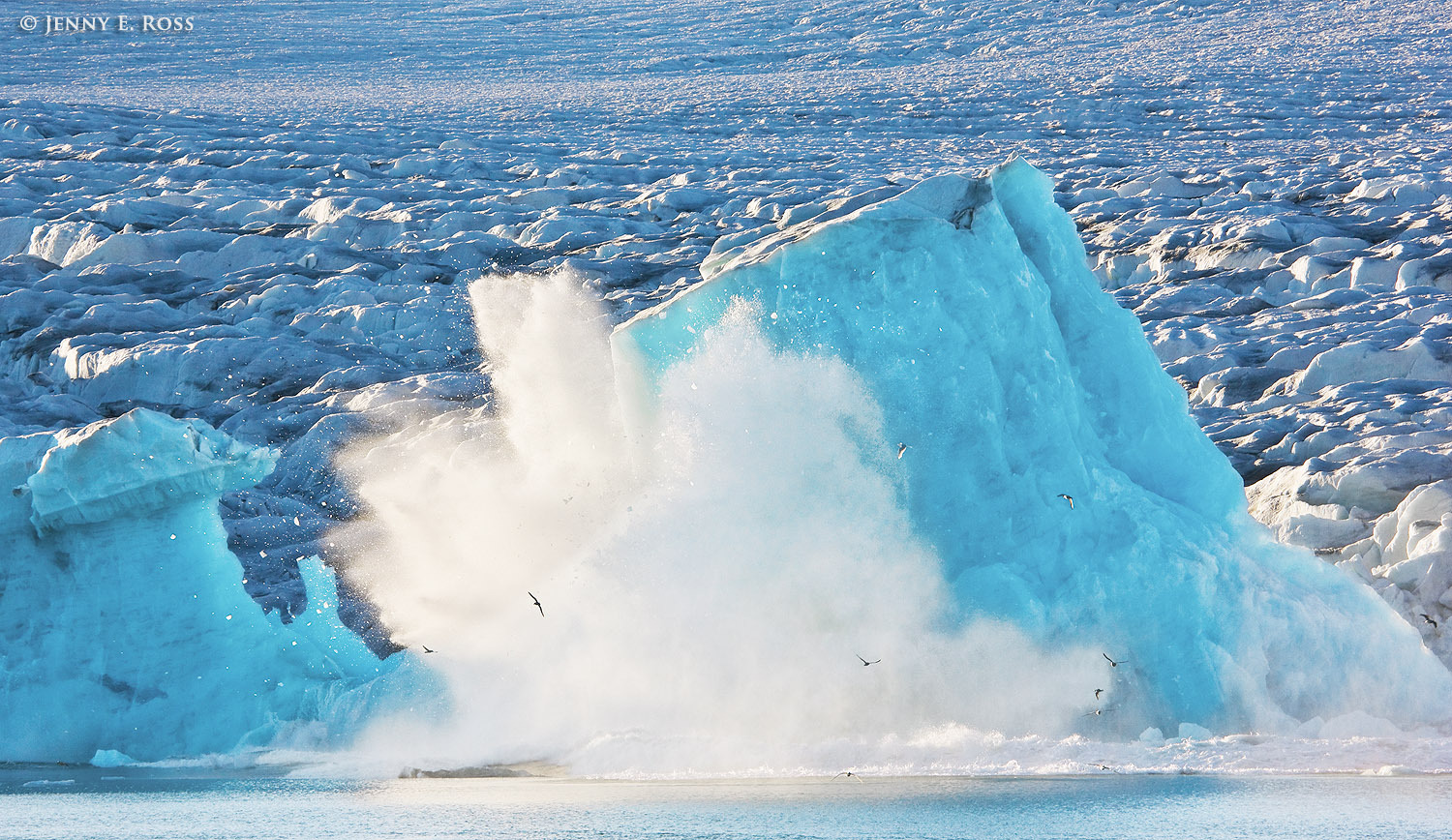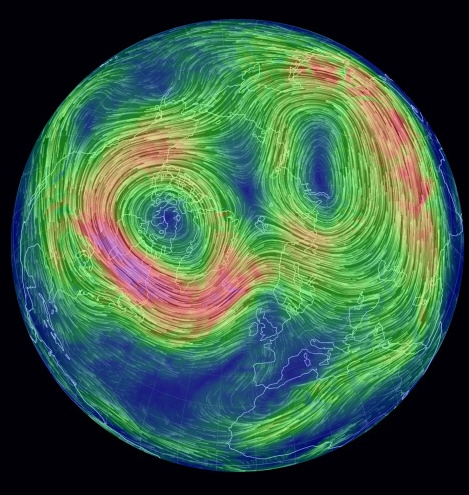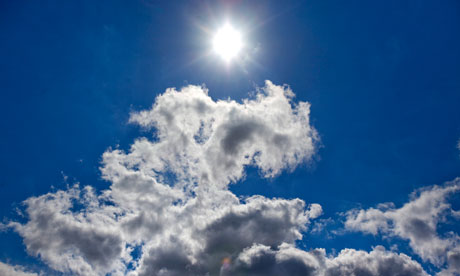Source: The Sydney Morning Herald
From hot oceans to shrinking Arctic ice and glaciers, the evidence of a warming planet has gone into overdrive in the first three months of 2016.
Sydney on Wednesday posted its hottest April day on record, with the 34.2-degree reading beating a mark that had stood for 30 years. Suburbs from Camden in the south-west to Richmond in the north-west topped 36 degrees.
Australia has also just posted its hottest March in more than a century of reliable data after a scorching heatwave to start the month that the Bureau of Meteorology said in some areas approached "record levels for any time of the year".

The planet hasn't been this hot since reliable records began about 130 years ago. Photo: Jeff Williams, International Space Station, via Twitter
NSW blew away records that had stood since 1940 and Victoria eclipsed the previous hottest March for mean temperatures, set in in 1974.
March 2016 temperature anomaly +0.63°C
[Feb 2016 was +0.70°C & YTD now 0.64°C]
Global warming records continue. pic.twitter.com/V6al9QusUY— Ryan Maue (@RyanMaue) April 1, 2016

'Human-caused'
For Australian counterparts, the record warmth is attributed to natural events such as the monster El Nino event now winding down in the Pacific but also a "substantial" contribution from "human-caused" climate change, scientists from the Bureau of Meteorology said this week in an article for The Conversation.
They noted that waters around Australia during summer were the hottest in records going back to the 1950s.
David Jones, a senior climate scientist at the bureau, said the background warming, a lack of rain and weakened winds across northern Australia had contributed to the significantly higher sea-surface temperatures around the nation.
"We've emphatically broken the sea-surface temperature record for March which was set just last year," Dr Jones told Fairfax Media.

Among the changes under way is the East Australian Current that brings warm waters from the tropics down the east coast, which has extended further south, part of a longer-term shift.
"This current is … getting stronger, transporting larger volumes of water southward over time," the bureau scientists said. "This is due to the southward movement of high pressure systems towards the [South] Pole."
Those relatively warm waters have also triggered the coral bleaching now at record levels in the Great Barrier Reef, with the unusual sustained warmth causing the stressed corals to expel the tiny marine algae that gives them the colour and energy to grow.
The bureau chart below shows highest sea-surface temperatures on record now plague many of the areas with reefs around the world.
And there is no let-up soon.
"Surface temperatures over the entire Indian Ocean and coastal Australian waters will very likely continue to remain well above average for the next few months," the bureau scientists said.
"There are currently signs that surface currents are moving warm El Nino waters from the eastern Pacific over to the western Pacific, towards Australia."
'Crazy winter'
NOAA's National Snow and Ice Data Centre last month declared the Arctic's sea ice set a record low area for a second year in a row.
Almost all regions in the planet's far north were 2-6 degrees above average for the first two months of the year, with total sea ice reaching an average 14.52 million square kilometres at its peak on March 24.
"I've never seen such a warm, crazy winter in the Arctic," Mark Serreze, NSIDC's director said in a report carried on its website. "The heat was relentless."
Both 2014 and now 2015 were the hottest years on record and 2016 has started considerably warmer than both.
As NOAA's chart (see below) of warmest years shows that the bulk of the Earth's surface has had its hottest years on record since 2000 – with much of that since 2011.
Australia's famously variable climate means some long-standing records are hard to break.
Still, last month beat the record set in 1986 and seven of the warmest periods for each month have come since 2000.
"At the seasonal time scale, where natural climate variability gets smoothed out a bit, the warm extremes are more concentrated at the later end of the period," Blair Trewin, the bureau's senior climatologist, said.
"Winter, in 1996, is the earliest, with the others all occurring in the last 12 years – autumn 2005, summer 2012-13, and spring 2014," he said.
Source: The Sydney Morning Herald












